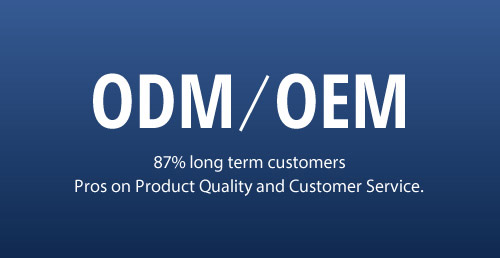cross bracing in steel structures
Cross Bracing in Steel Structures Enhancing Stability and Strength
In the field of structural engineering, cross bracing is a vital technique employed to enhance the stability and strength of steel structures. Utilizing diagonal braces to connect structural elements, cross bracing effectively redistributes forces, thereby minimizing the risk of structural failure caused by lateral loads such as wind or seismic activity. This article examines the principles of cross bracing in steel structures, its applications, benefits, and considerations in design.
Understanding Cross Bracing
Cross bracing involves the placement of diagonal members, typically in a zigzag pattern, between vertical columns and horizontal beams within a framework. The primary purpose of these braces is to counteract shear forces, stabilize the structure, and maintain its shape, particularly in the presence of lateral loads. When forces are applied to a structure, cross bracing helps to transfer those forces through the bracing elements, thereby providing a more robust and resilient system.
Applications of Cross Bracing
Cross bracing is widely used in various types of steel structures. High-rise buildings, bridges, and towers often incorporate bracing systems to ensure they can withstand dynamic loads. In industrial settings, such as factories and warehouses, cross bracing is crucial for maintaining structural integrity when heavy machinery is in use or during extreme weather conditions. Moreover, temporary structures, such as stages for concerts or construction scaffolding, also benefit from cross bracing for added safety and stability.
Benefits of Cross Bracing
1. Increased Stability One of the primary advantages of cross bracing is the significant increase in stability it provides. By effectively resisting lateral forces, cross bracing minimizes the risk of sway and displacement, allowing structures to perform well under adverse conditions.
cross bracing in steel structures

2. Cost-Effectiveness Cross bracing can lead to cost savings in construction. By enhancing the structural performance of buildings and reducing the need for additional structural elements, engineers can optimize material use and minimize expenses.
3. Design Versatility Cross bracing systems can be adapted to suit various architectural styles and functional requirements. The bracing can be executed in multiple configurations, such as X-shapes or V-shapes, allowing architects and engineers to integrate them seamlessly into the design of a building.
4. Lightweight Solution Compared to alternative reinforcement methods, such as shear walls, cross bracing systems are typically lighter. This reduces the overall dead load of the structure, allowing for greater design flexibility and potentially lowering foundation costs.
Considerations in Design
While the advantages of cross bracing are significant, careful consideration must be given during the design process. Factors such as the type of loads the structure will encounter, aesthetic concerns, and the specific site conditions must be thoroughly analyzed. Additionally, the materials used for braces—whether steel, composite materials, or others—will impact performance, durability, and maintenance requirements.
Furthermore, the spacing and layout of cross bracing are essential for effective load distribution. If not appropriately designed, bracing systems can create stress points that may lead to structural weaknesses. Structural engineers must use advanced simulation tools and structural analyses to optimize the design before construction begins.
Conclusion
Cross bracing serves as a fundamental method for enhancing the stability and strength of steel structures. Its widespread applicability, combined with its cost-effectiveness and ease of integration into various architectural designs, makes it a favored choice among engineers and architects. As urbanization continues to rise, the importance of designing resilient structures capable of withstanding environmental challenges will only grow. By leveraging the principles of cross bracing, the construction industry can create safer, more robust buildings that meet modern demands while safeguarding against unpredictable forces. Ultimately, the thoughtful application of cross bracing will contribute to the longevity and reliability of the structures that define our urban landscapes.
-
Weatherproof Plastic Expansion Anchors for OutdoorNewsJun.06,2025
-
Sustainability in the Supply Chain: Eco-Friendly TEK Screws ProductionNewsJun.06,2025
-
Load-Bearing Capacity of External Insulation FixingsNewsJun.06,2025
-
Double Head Bolts: Enhancing Efficiency in Industrial MachineryNewsJun.06,2025
-
Corrosion Resistance in Chipboard Screws: Coatings for Wholesale DurabilityNewsJun.06,2025
-
Butterfly Toggle Bolts : Enhancing Structural ResilienceNewsJun.06,2025
